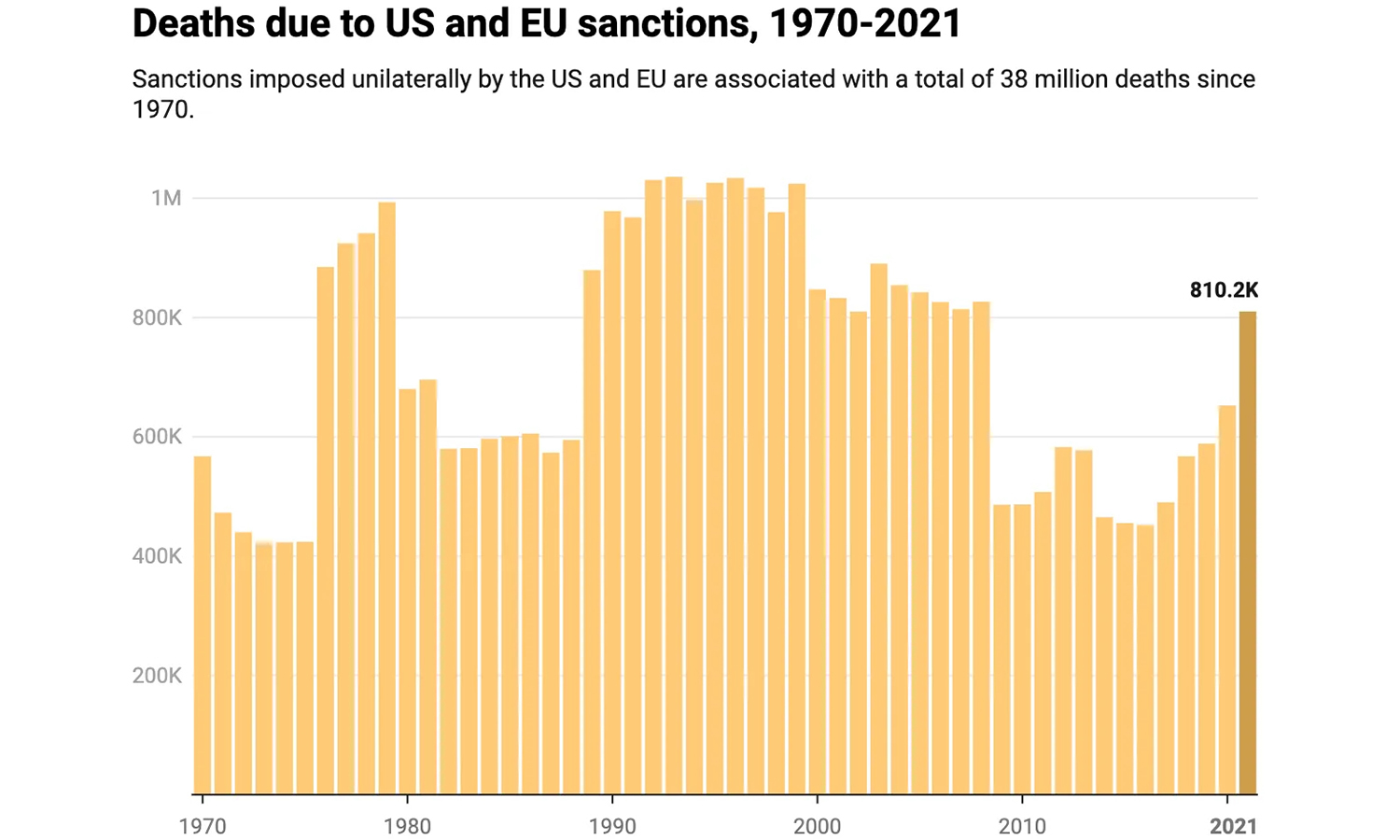“Perfection does not exist, but things can invariably be done better. That conviction has marked the lives of men. That is why so many advances have been made in science, in technology … I can’t explain why instead of inventing how to kill, we don’t invent on how to live; how to enjoy the beauty of life.”
— Alicia Alonso
Cuban legend of classical dance and founder of the Cuban National Ballet, Alicia Alonso, passed away at the age of 98 on 17 October 2019, having lived a life full of coming as close to perfection as possible and sharing beauty with the people.
She was the only Latin American in history to have been awarded the title ‘prima ballerina assoluta’, a title given to the most outstanding ballerinas of their generation, and this was despite a severe disability; she almost lost her eyesight at the age of 20 after double retinal detachment. Only able to see shadows from that time onwards, she danced nearly all her life finding her orientation thanks to bright signs on the stage.
Alonso will always be remembered for her extraordinary dancing in the role of Giselle, and for her unique combination of discipline and sparkling temperament, which are etched forever in the memory of the audiences who were lucky enough to have witnessed her artistry. She lived and breathed ballet and was teaching it passionately until the very end of her life.
Alicia never abandoned ballet, just as she never abandoned Cuba, but always used her great talent to glorify her country throughout the world, despite continuous suggestions and invitations for a cosmopolitan lifestyle that would guarantee her wealth and fame abroad.
As soon as the Cuban revolution overthrew the dictator Fulgencio Batista, Alonso returned to Havana from the United States, where she had already won artistic recognition. She committed herself to the revolutionary movement, knowing that her homeland was freed and would need her.
She had left Cuba in 1956, saying that she would not dance there again until the political situation in the country changed. Batista wanted to take advantage of the prestige of the dance company that she headed, and put pressure on her by depriving the company of subsidy because Alonso was a communist.
Alicia was confident, however, that the fate of her country would change. Even before the rebel army defeated the dictatorship’s forces, she had sent to the rebels in the Sierra Maestra a far-reaching proposal of what ballet could become in the days to come.
The bearer of her letter was a friend of Alonso and a great lover of dance, Dr Julio Martínez Páez, who earned the rank of comandante in the mountains.
As the revolution triumphed, Alonso immediately started work that reflected the effervescent spirit of social change. Her dream of making ballet into one of Cuba’s most important cultural expressions was materialising very quickly, thanks to Fidel Castro’s enlightened attitude.
The Comandante listened to the artists’ needs and gave them all the support they required. Alonso praised throughout her life Fidel Castro’s understanding of culture, and particularly ballet, for the purposes of the revolution and to the service of the people.
It was Alonso’s vision enriched with the ideas of the revolution that gave birth to the Cuban Ballet School.
The National Ballet of Cuba is an incredible miracle in itself; a small island with a school recognised throughout the world. In the words of Alonso, it is “not a school for an elite, but for an entire people, with teachers and dancers who come from that people, and a wide and diverse audience.
“This is fabulous, it doesn’t exist anywhere else, I can assure you! Now, the truth must be said: the school is the work of the revolution.”
The dancers of the National Ballet travelled and danced in factories, workshops and schools, did volunteer work in the fields, and took dance to remote areas, making Alonso’s dream, that Swan Lake be danced for all the Cuban people, a reality.
“In that society of the fifties, a large part of art was the heritage of only one small class. After our revolution, the situation was different. We were all faced with new tasks. It was no longer enough just to plant art among the working masses, we had to create and develop artists in them,” Alonso said in an interview.
Just as the Soviets did after the October Revolution, the Cuban Revolution successfully created an excellent system of artistic education, including a dance pedagogy that is one of the most highly regarded in the world today.
Cuban young people who have talent and work hard have the opportunity to accomplish great things, regardless of where they come from. The National School has tremendous international impact, not only in Latin America but also in Europe, with students who go to Cuba and constantly ask to be coached by Cuban teachers.
Alicia Alonso died having fulfilled her vision within a social system that gave the best of the arts to the masses, and she died proud of this achievement of the revolution:
“Immensely proud. Especially for sharing the sense of dignity. Here we work to serve the country, to grow as human beings, amidst great difficulties, but with full confidence in the future.”
____________________
Sources: Interviews granted by Alicia Alonso to Marta Rojas, Mario Cremata Ferrán and Pedro de la Hoz, published in Granma on 17 October 2019.
















